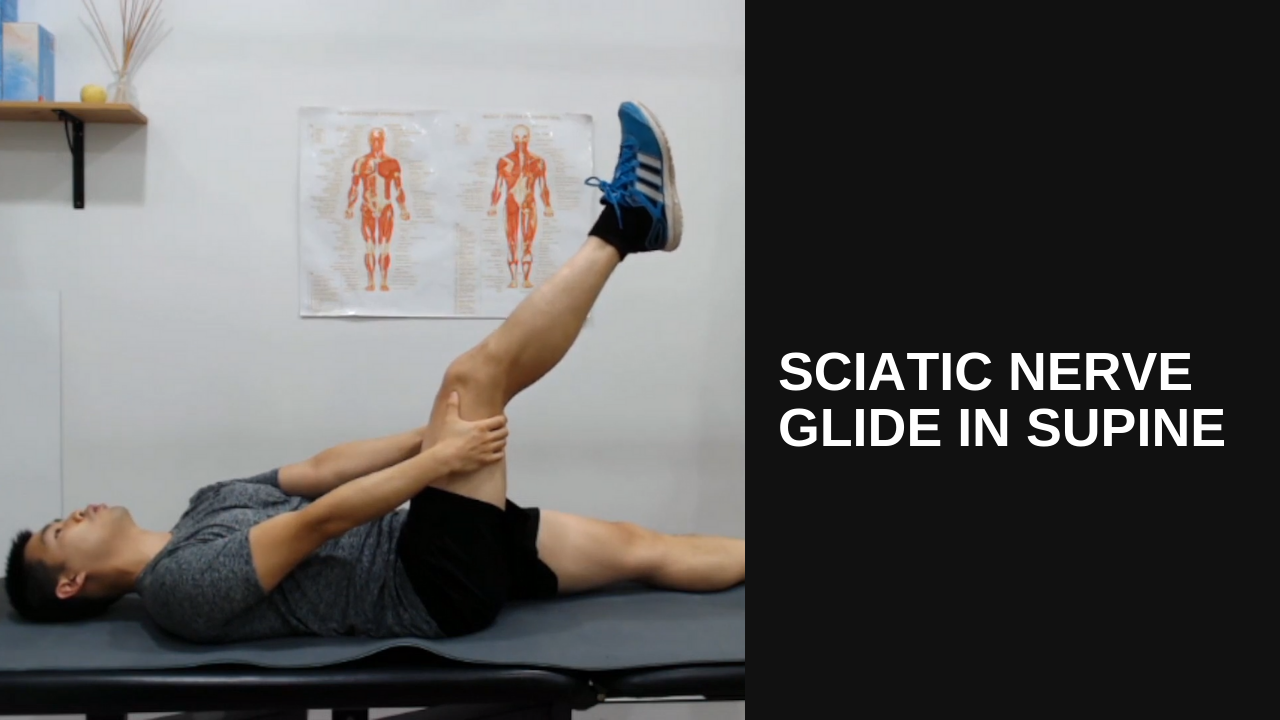Patella femoral knee pain
Pain in the front of the knee is a common complaint in runners. When you try to improve your speed and distance for long-distance running, you can often experience the painful ache around your knee cap. Patella-Femoral Pain Syndrome (PFPS) refers to the issue of losing control at the knee cap. It is one of the most common issues that people come and see us for.
This blog will outline:
The most common causes of patella-femoral pain syndrome.
The symptoms that you will experience
How do we assess and treat?
What you can do right now to help improve this condition?
Common causes
The causes of patella-femoral pain are often due to a combination of things including anatomical forms of your knee joint and bones, and muscular weakness, and faulty movement patterns. Combine these factors with an increased load such as running more, taking the stairs more, or introducing HIIT training, you might suddenly start to feel the pain in the front of your knee.
One of the most common causes is weak hip muscles: when your hip tires during running, it loses control of the whole leg, causing the knee to drop in. The patella can shift sideways on the knee. You then become more vulnerable to overload your knee cap and the patella tendon.
Symptoms
Going upstairs is often less uncomfortable than going downstairs. A typical sign of your patella not tracking well. Here in the clinic, we see patients report symptoms and pain at the front of their knee when walking up and downhill/stairs, squats, jumps, and running. The aggravations can even extend to sitting on a low chair with a flexed knee. The onset usually coincides with a change in load on the knee cap. A sudden increase in front of the knee pain can also be attributed to an increase in activity level, and also be a change in footwear or surface (such as start sand running!)
Patella Femoral Pain may cause your knee to operate differently during running. It can induce your knees and hips to turn inwards, or it can cause your foot arch to collapse inwards when you are running.
How we assess
An in-depth assessment of your knee is critical, here is how we do it:
Your physiotherapists will look at a number of things when we assess your knee pain. Observing postures such as standing, squat position, stepping pattern, and knee cap position while extending the knee. Often with Patella Femoral Pain, we observe movement patterns such as knee valgus (when knee drops inward during single-leg stance or squat, lateral sidetracking of the knee cap during squats, and pain with step up.
The step-down test: one of the most functional tests to check for lateral sidetrack of the knee cap.
The test is considered positive (for PFPS) if the patient experiences less pain when stepping down from a stair while the therapist provides a medial glide of the patella. This test tells us how the tracking of your knee cap can contribute to pain with stairs, squatting, and walking.
How can physiotherapy help?
Physiotherapy aims at correcting your running form by identifying which muscles are weak, and which muscles are overactive.
We devise an individualized strengthening program for the weaker muscles (often the hip and the VMO muscles). Manual therapy can help relax and release overactive muscles. Patella mobilizations (knee cap adjustments) and taping can also help correct the tracking of your patella and encourage the patella to glide within its track. This will change relative patella position and therefore, redistribute the load more evenly.
Manual therapy can be useful in the short term but the long-term benefits come from learning how to relax the tight muscles, strengthen the weak ones, and correct the mechanics contributing to the knee valgus and lateral tracking of the patella.
Walking and running are easy when your knee cap tracks well!
Walking pattern (gait) re-education is also helpful in treating patella femoral pain. Here in physiotherapy, we will teach you how to reduce impact loading through the knee cap. A combination of increasing step rate, decreasing stride length, and adjusting the amount of forwarding while running.
What you can do
Combining some offloading techniques, with improved gait mechanics and strengthening is key components to successful rehab. Strengthening exercises that target the quads and hips will improve pain and function. Through the strengthening of the quadriceps, the patella can move more symmetrically across the knee joint and therefore increase the contact area (and less lateral tracking). Hip strengthening helps reduce hip adduction and internal rotation when running to reduce overloading the patella itself.
If you are suffering from persistent knee pain after running, going upstairs, etc. consider getting your knee assessed and treated by us. It might be much more fixable than you think.













